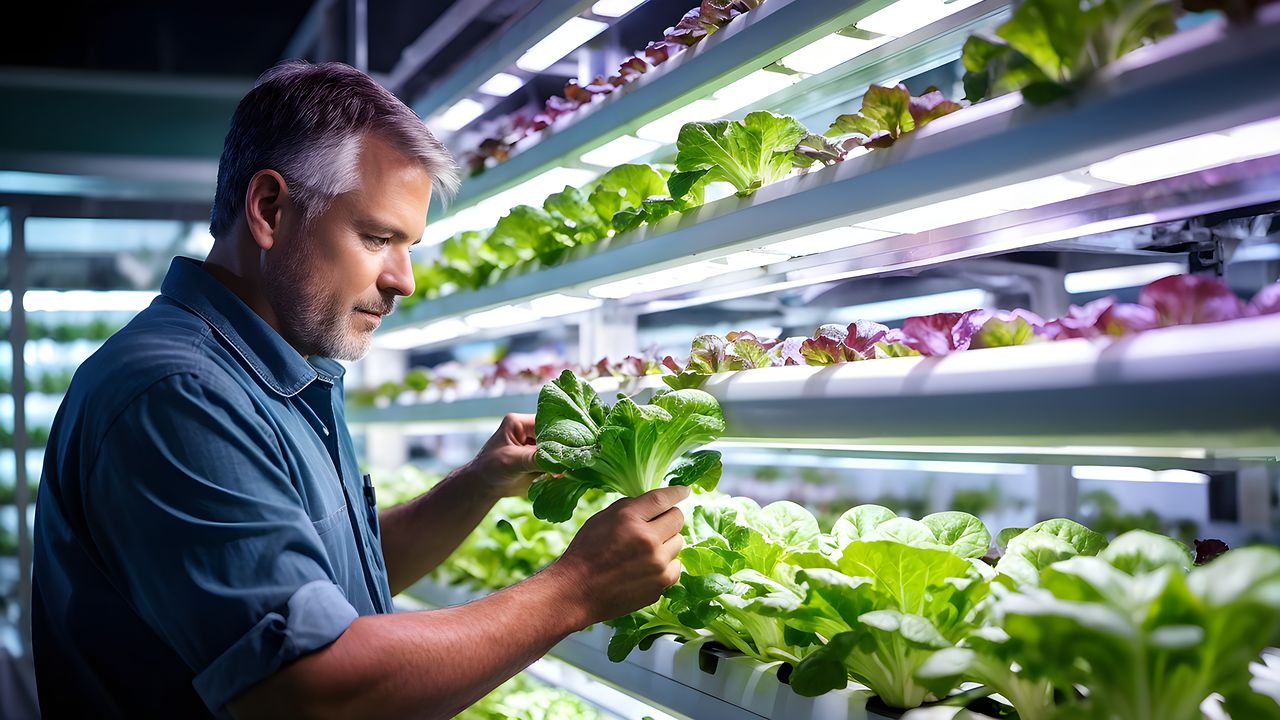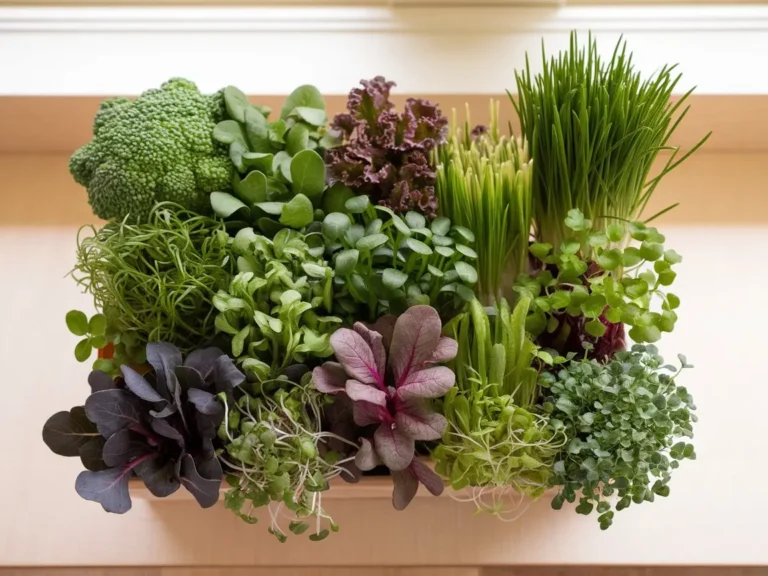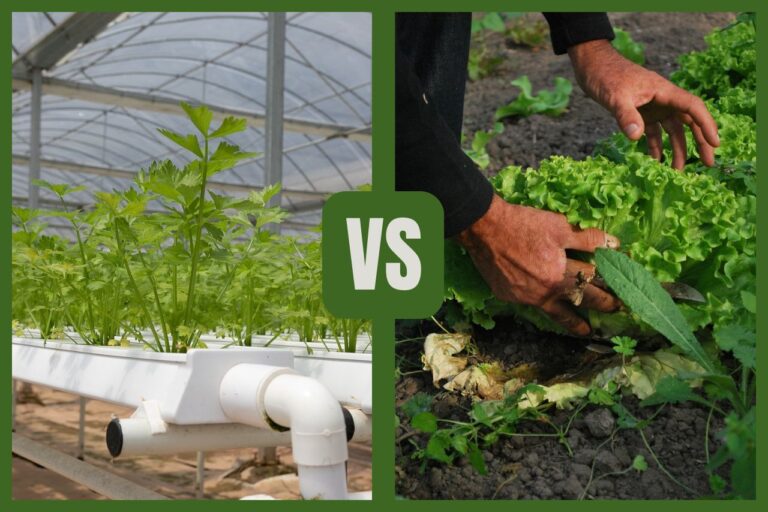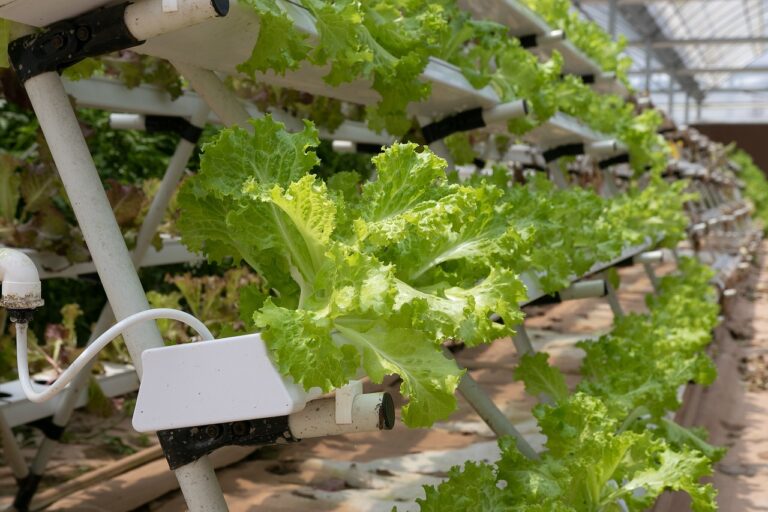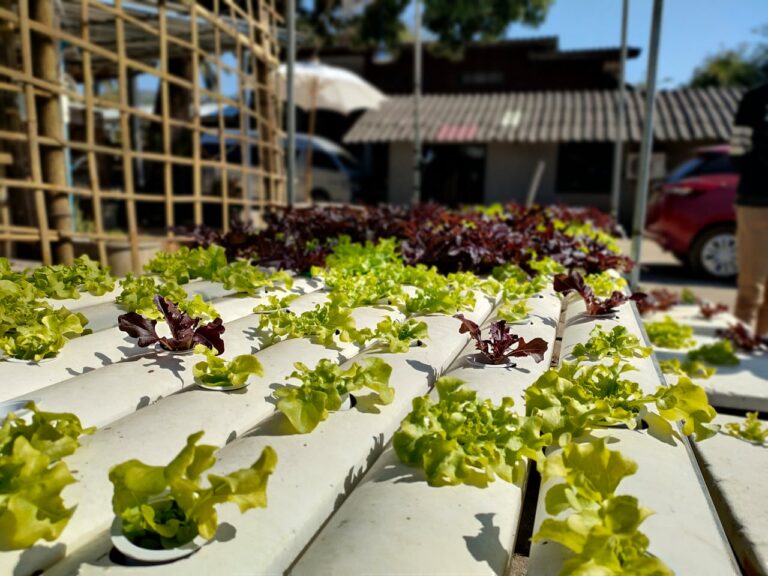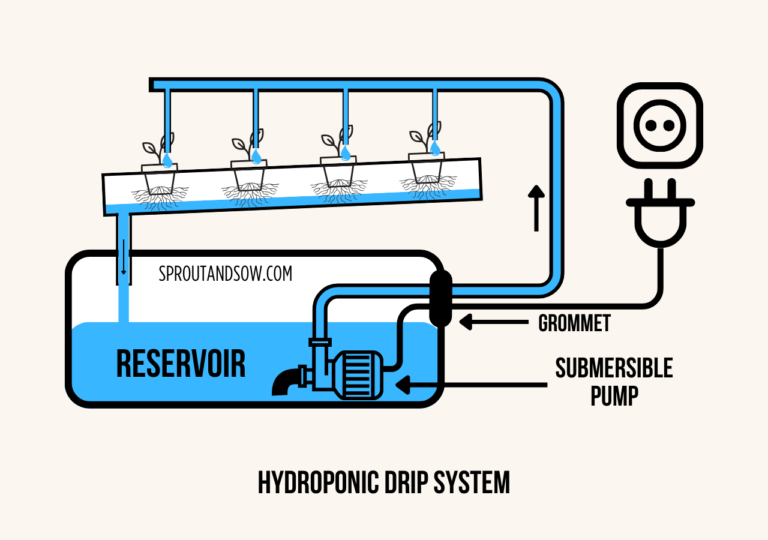A Complete Guide to Advanced Hydroponic Techniques 2024
As hydroponics continues to grow in popularity, many growers are exploring advanced techniques to push the boundaries of what they can achieve. Whether it’s increasing yields, maximizing space, or gaining better control over nutrients, these advanced hydroponic techniques offer exciting opportunities for dedicated growers. In this guide, we’ll explore everything from aeroponics and the nutrient film technique (NFT) to vertical farming and CO₂ enhancement. Ready to elevate your hydroponic skills? Let’s dive in!
What Are Advanced Hydroponic Techniques?
Advanced hydroponic techniques go beyond the basics, offering more precise control over your plants environment. Unlike traditional hydroponic setups that rely on simple methods to provide nutrients and water, advanced systems incorporate innovative techniques and technology to optimize every part of the growing process. The result? Higher yields, better plant health, and efficient use of space and resources.
These methods often require specialized equipment and a deeper understanding of hydroponic principles. But for those willing to invest the time and effort, the rewards can be substantial.
Key Components of an Advanced Hydroponic System
Light Optimization
High performance lighting, like LED or HID lights, is a must in advanced hydroponics. These lights provide the intensity needed for strong growth while managing energy consumption. Experimenting with different light cycles can also promote faster growth and larger yields.
Related: Maximizing Yields with Advanced Hydroponic Lighting Solutions
Nutrient Monitoring
Precise nutrient management is key in advanced systems. Regularly measuring pH and electrical conductivity (EC) ensures plants get what they need when they need it. Digital pH and EC meters are indispensable tools for maintaining nutrient balance.
Oxygen and CO₂ Management
Air pumps keep roots oxygenated, but advanced growers may also experiment with CO₂ enrichment to further boost plant growth. Adding CO₂ is especially beneficial in well-sealed grow rooms and can speed up photosynthesis, leading to faster, healthier growth.
Popular Advanced Hydroponic Techniques
Aeroponics
Aeroponics takes hydroponics to the next level by misting plant roots with a fine spray of nutrient-rich solution, keeping them exposed to plenty of oxygen. This technique increases nutrient absorption and promotes rapid growth, but it also requires careful maintenance to prevent clogs in the misting system.
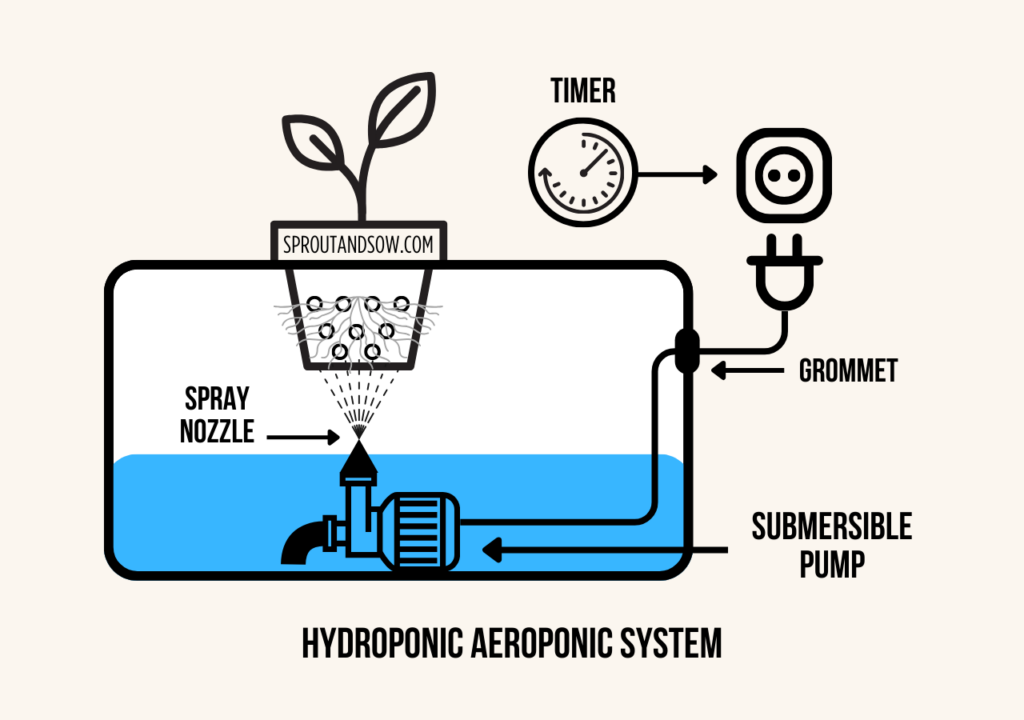
Nutrient Film Technique (NFT)
NFT involves a shallow, constant flow of nutrient solution over plant roots, allowing them to absorb nutrients and oxygen efficiently. It’s ideal for growing smaller, fast growing plants like lettuce and herbs in a compact space. However, because NFT relies on constant water flow, a pump failure can quickly stress or damage plants.
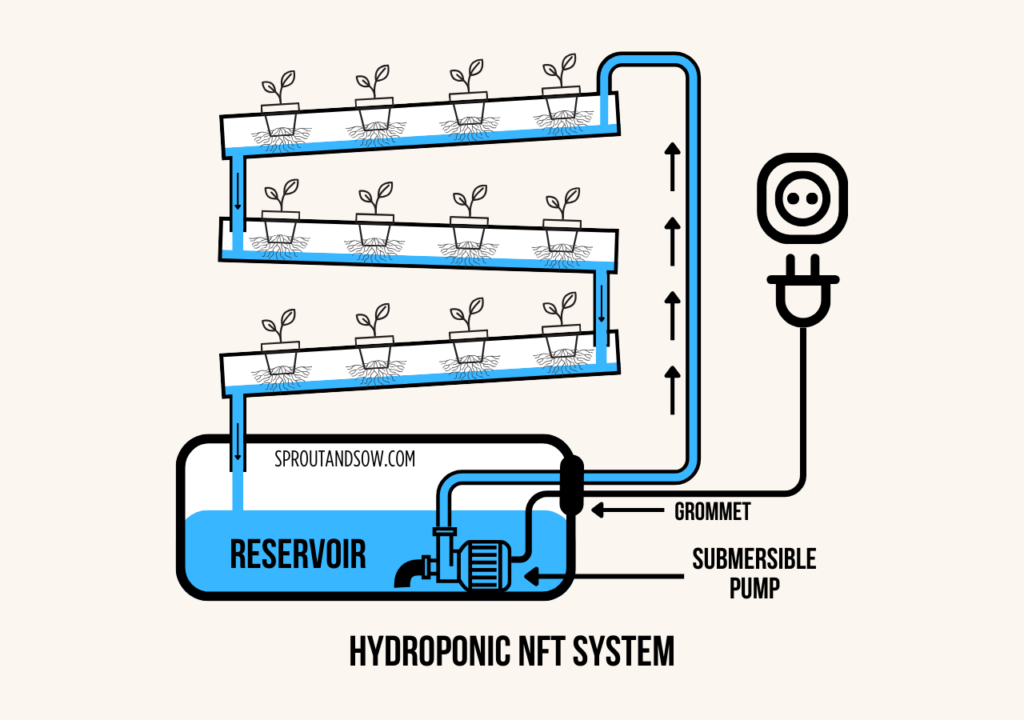
Vertical Hydroponics
Vertical hydroponics is a space-saving technique that arranges plants in stacked layers, perfect for indoor setups or small spaces. This approach maximizes yields per square foot by increasing the number of plants you can grow at once. The biggest challenge in vertical systems is ensuring consistent water and nutrient delivery across all levels.
Deep Flow Technique (DFT)
The Deep Flow Technique combines aspects of NFT with a larger water reserve. Roots sit in a deeper layer of nutrient solution, reducing the risk of dehydration if the pump fails. However, deeper water can also encourage algae growth, so regular cleaning is necessary.
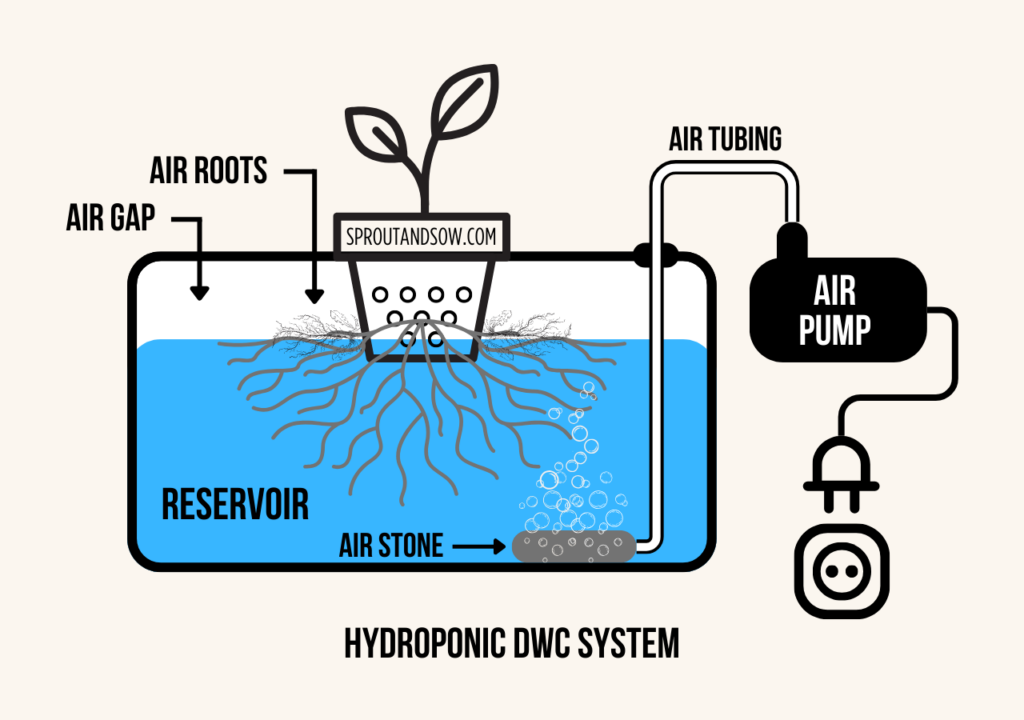
Hybrid Hydroponic Systems
Hybrid systems allow growers to customize their setups by combining elements from multiple techniques, like pairing NFT with vertical stacking. This flexibility lets you tailor your system to specific plant needs and maximize space, resources, and growth potential.
Related: Advanced Hydroponic Techniques: Aeroponics vs. Nutrient Film Technique
Tips for Setting Up Advanced Hydroponic Systems
- Choosing the Right Equipment: Invest in high-quality lights, water pumps, and pH and EC meters. They are essential for maintaining an optimal growing environment.
- Optimizing Your Space: Vertical systems or wall mounted setups can help make the most of limited space.
- Regular System Maintenance: Advanced systems can be more sensitive to issues, so regularly clean and inspect components to prevent clogs, check nutrient solution levels, and monitor plants for any signs of stress.
Benefits of Advanced Hydroponic Techniques
- Higher Yields: More precise nutrient control and optimized growth environments lead to faster growth and larger harvests.
- Efficient Resource Management: Advanced systems use resources like water, nutrients, and space more efficiently than basic setups.
- Precise Environmental Control: With advanced techniques, growers have more control over light, pH, nutrients, and CO₂, creating ideal conditions for plant growth.
- Flexibility: These techniques allow for a variety of plants and can be adapted for different environments and needs.
Potential Challenges and How to Overcome Them
- Cost of Setup and Maintenance: Advanced hydroponic systems can be expensive to set up and maintain. Start by prioritizing essential equipment like lighting and pH meters, and gradually invest in additional tools as your budget allows.
- Technical Expertise Required: Advanced techniques come with a learning curve. Consider joining online hydroponic communities or forums for advice and support.
- Potential for System Failure: With more components in play, there’s a greater risk of issues like pump or power failures. Having backup equipment, like a battery-powered air pump, can help prevent losses.
Related: Troubleshooting Advanced Hydroponic Systems: Tips for Success
Getting Started with Advanced Hydroponics: A Beginner’s Action Plan
- Start with a Basic Advanced Technique: Consider beginning with simpler techniques like NFT or DFT. These offer advanced benefits without requiring extensive expertise or equipment.
- Gradually Add More Elements: As you gain experience, try adding elements like CO₂ enrichment or hybrid system configurations.
- Monitor and Adjust as Needed: Advanced systems require regular monitoring. Keep an eye on pH and nutrient levels, and adjust based on plant response.
Conclusion
Advanced hydroponic techniques open up a world of possibilities for dedicated growers looking to maximize their yields and optimize plant health. While these methods may require additional investment and expertise, the benefits are well worth it. Whether you’re drawn to the space-saving advantages of vertical hydroponics or the efficiency of NFT, there’s an advanced technique suited to your goals. Happy Gardening!

